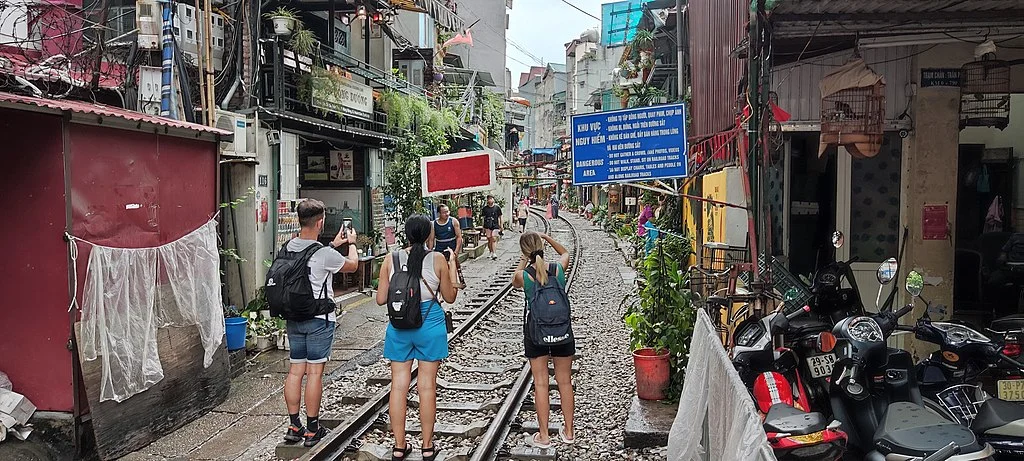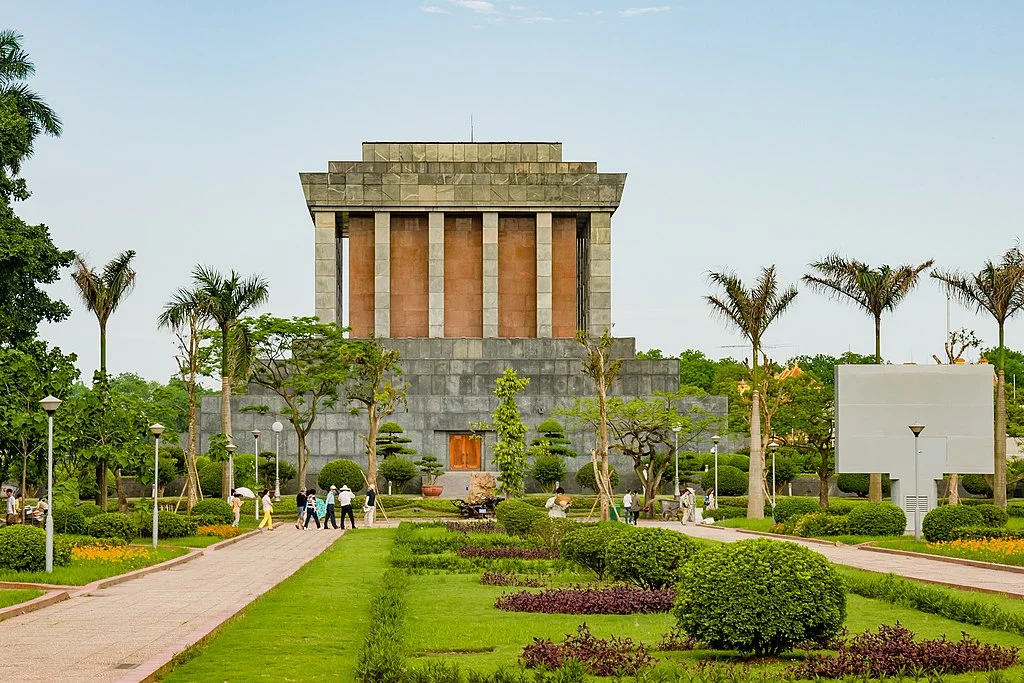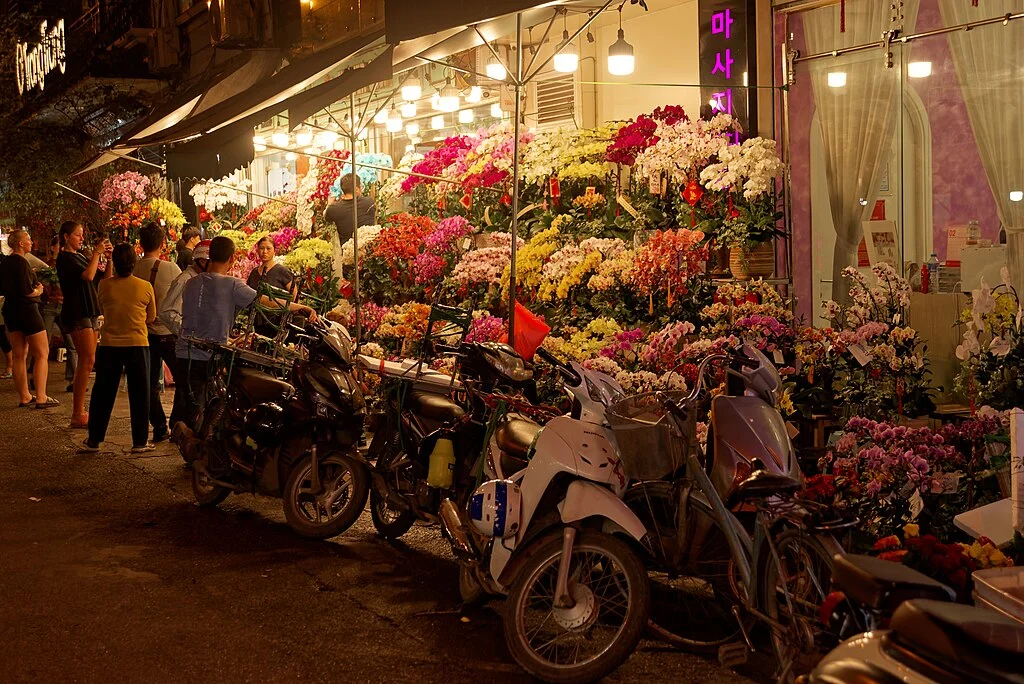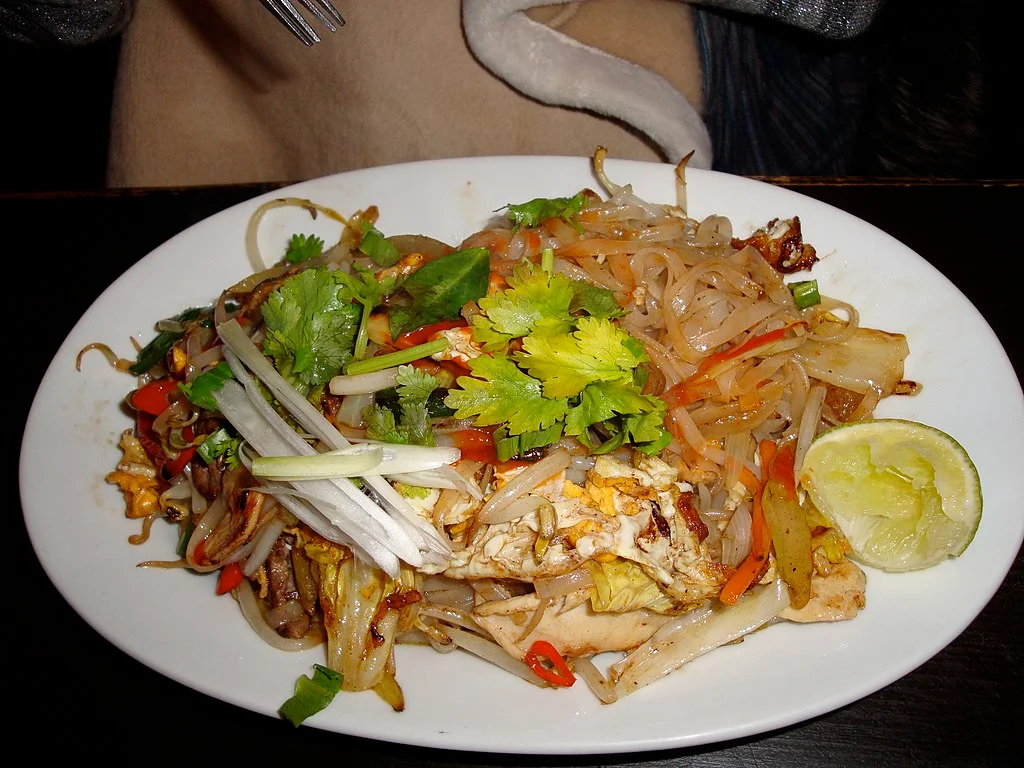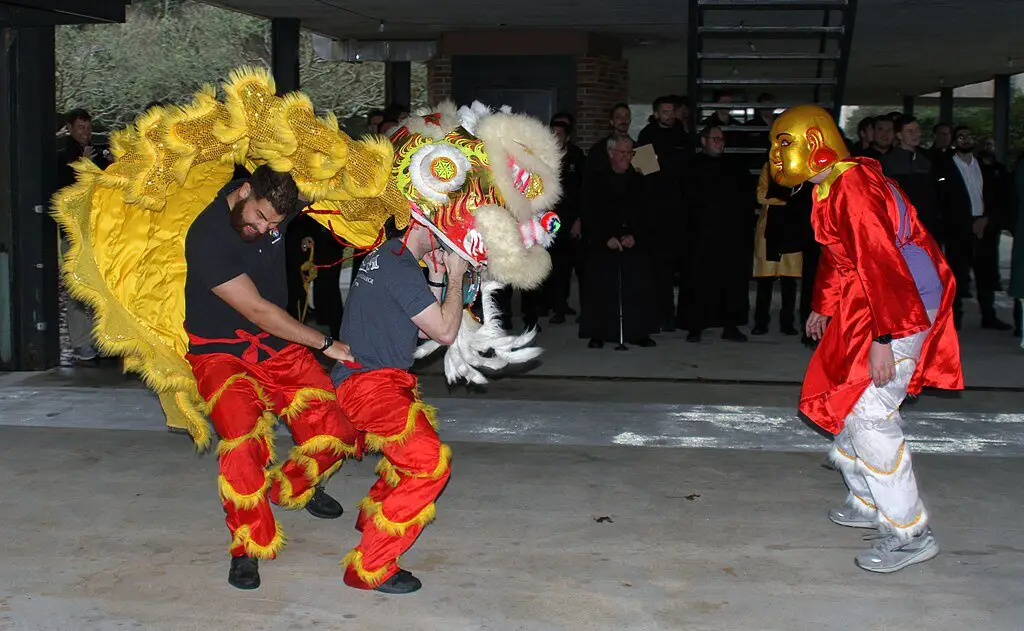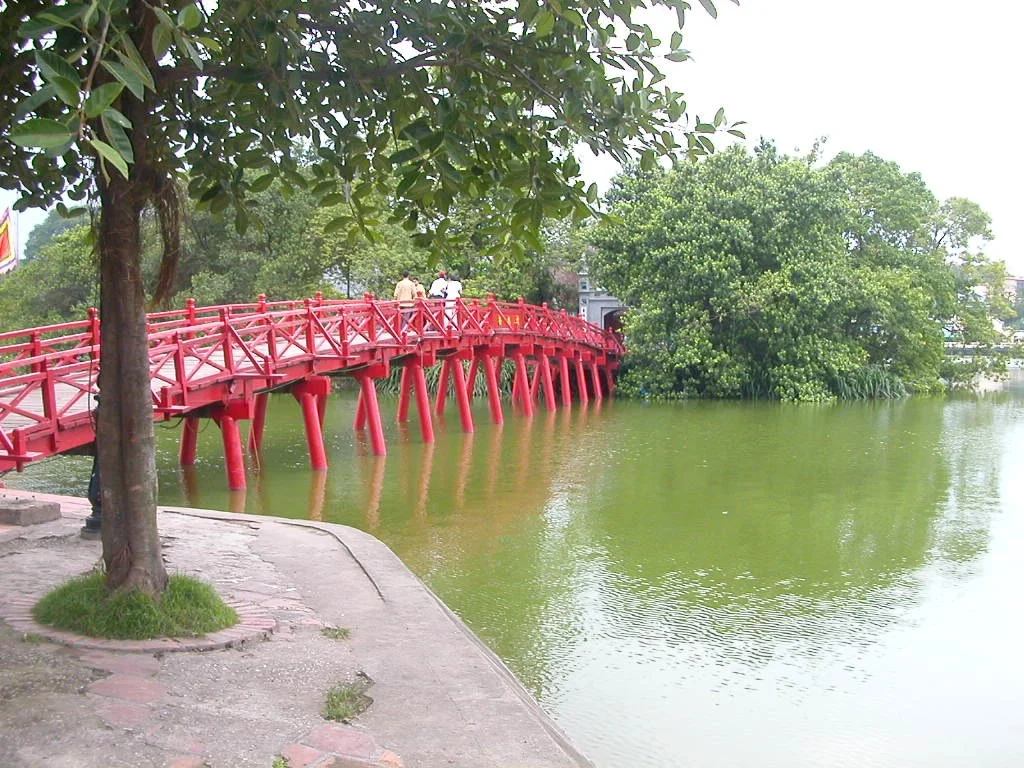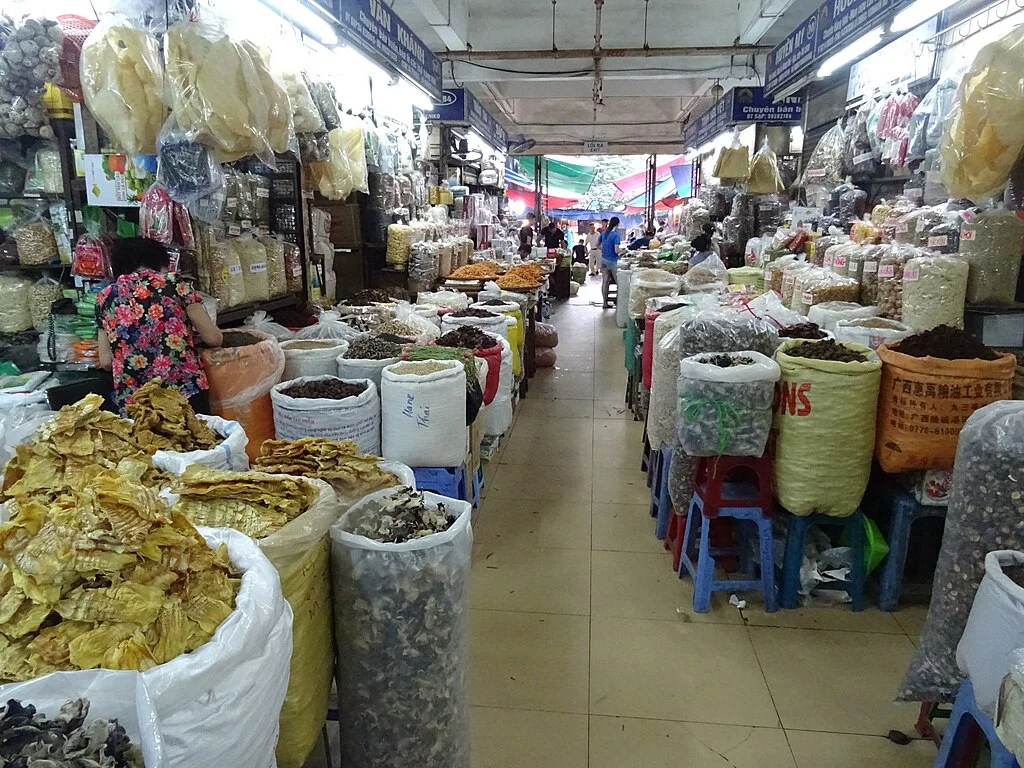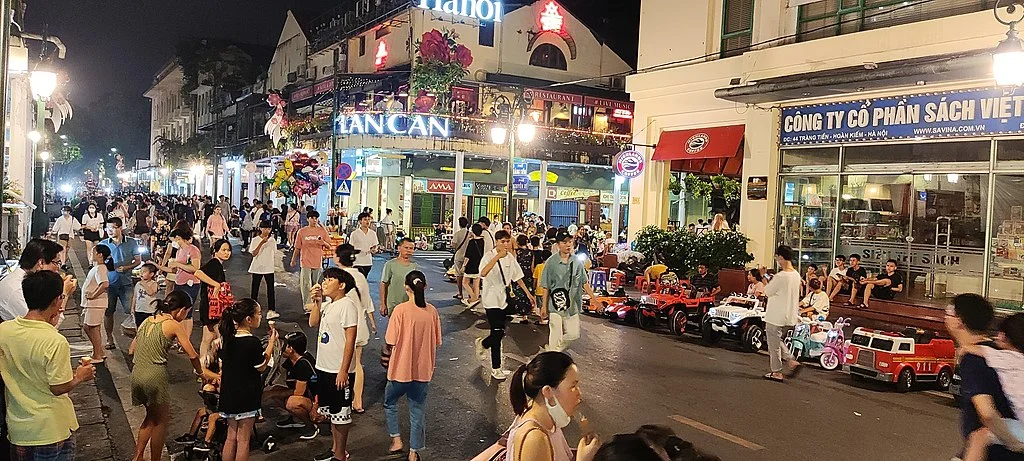Hanoi, the capital city of Vietnam, stands as a testament to the country’s rich history and cultural heritage. Established over a millennium ago, Hanoi has grown from a feudal center into a bustling metropolis, yet it has managed to retain its historical and cultural essence. The city is characterized by its unique blend of eastern and western influences, reflected in its architecture, cuisine, and lifestyle.
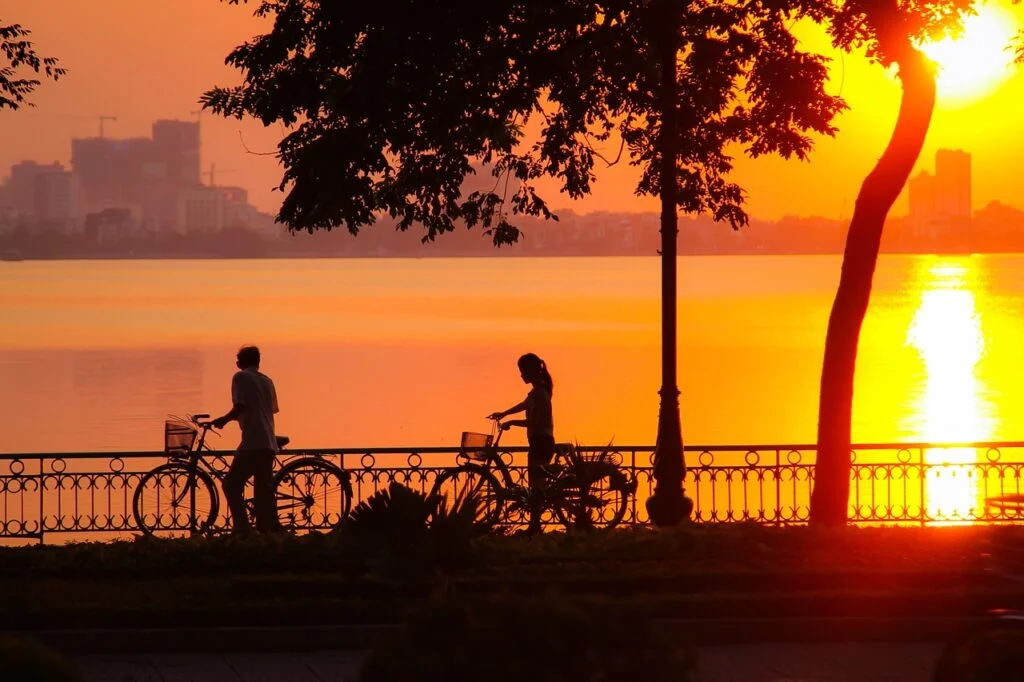
The historical significance of Hanoi is profound. It was chosen as the capital by Emperor Ly Thai To in 1010, and since then, it has been at the heart of Vietnamese politics and culture. The presence of numerous historical sites, including the ancient Temple of Literature and the imposing Hoan Kiem Lake, draws both domestic and international tourists. These landmarks serve as reminders of a storied past, inviting visitors to delve into the heritage that has shaped modern-day Vietnam.
Geographically, Hanoi is situated in the northern region of Vietnam, bordered by lush greenery and majestic mountains. The landscape combines urban vibrancy with natural beauty, providing residents and tourists alike with a diverse array of experiences. The sprawling parks, serene lakes, and tree-lined boulevards offer a refreshing retreat from the bustling streets filled with scooters and vibrant markets. This geographical interplay contributes to the city’s dynamic atmosphere, fostering a sense of energy that permeates the air.
As a unique destination, Hanoi captivates travelers with its lively streets, adorned with street vendors and artisanal shops, creating an atmosphere rich in sensory experiences. The city is also renowned for its culinary delights, offering a gastronomic journey through the flavors of traditional Vietnamese dishes. Whether exploring ancient temples or enjoying a bowl of pho at a local street stall, visitors can immerse themselves in an adventure that showcases the essence of Hanoi.
Historical Landmarks of Hanoi
Hanoi, the capital city of Vietnam, is a treasure trove of historical landmarks that reflect its rich cultural heritage and significant past. Among the most distinguished sites is the Ho Chi Minh Mausoleum, dedicated to the revolutionary leader who played a pivotal role in Vietnam’s independence. The mausoleum, constructed between 1973 and 1975, serves not only as a memorial but also as a symbol of the enduring legacy of Ho Chi Minh. Visitors can observe the meticulous details of its imposing granite structure, which houses his embalmed body. The surrounding square, Ba Dinh Square, is a historical site where Ho Chi Minh declared Vietnam’s independence in 1945.
Another remarkable landmark is the Temple of Literature, established in 1070, which is Vietnam’s first university and a celebrated example of traditional Vietnamese architecture. This beautifully landscaped complex comprises several stunning courtyards and pavilions, with the main temple dedicated to Confucius. The temple’s tranquil ambiance allows visitors to reflect on the values of education and knowledge that have been revered in Vietnamese culture. The intricate stone carvings and traditional architecture offer insight into the aesthetic sensibilities of the time, making it a must-visit for anyone interested in Hanoi’s historical context.
Additionally, the Imperial Citadel of Thang Long, a UNESCO World Heritage site, narrates Vietnam’s storied past through its impressive remnants. This historical citadel served as the political center for several dynasties and showcases a blend of architectural styles from various periods. The complex features significant components such as the Flag Tower and the archaeological site that provides a glimpse into the city’s ancient foundations. Visitors can explore this vast area to appreciate the resilience and evolution of Hanoi over the centuries. Together, these landmarks illustrate the city’s historical significance and invite travelers to immerse themselves in its deep-rooted past.
Exploring the Old Quarter
The Old Quarter of Hanoi, characterized by its narrow streets and vibrant atmosphere, is a historic district that offers a unique glimpse into the city’s rich culture. This area, known as “36 Streets,” originally comprised specialized trades, with each street dedicated to a particular craft or commodity, reflecting the deep-rooted traditions of the local populace. As you wander through the Old Quarter, you will encounter a tapestry of colonial architecture, street vendors, and bustling markets, providing an authentic Vietnamese experience.
The atmosphere in the Old Quarter is truly vibrant, with the sounds of lively interactions, the aroma of delicious street food, and the sights of handcrafted goods filling the air. Visitors can explore an array of local shops selling traditional handicrafts, silk products, and art, showcasing the incredible skilled craftsmanship of the artisans in this region. Local specialties, such as lacquerware and bamboo products, can be found at various stalls, inviting travelers to engage with the cultural flair of the area.
Navigating the Old Quarter can be a delightful adventure, but it is essential to approach it with an open heart and mind. The streets can be crowded, and the flow of motorbike traffic may seem chaotic; however, this adds to the charm and energy of the neighborhood. Additionally, tourists are encouraged to take short breaks in one of the many delightful cafes or try local delicacies like pho or banh mi from street vendors. Understanding a bit of the historical context enhances the visit, as many of the buildings and landmarks tell stories of the Vietnamese struggle and resilience over the centuries.
Overall, the Old Quarter remains an integral part of Hanoi, serving as a vibrant hub of activity and a historical landmark that embodies the city’s essence. A visit to this lively area offers a memorable experience, combining the allure of history with the excitement of modern-day Hanoi.
Culinary Adventures in Hanoi
The food scene in Hanoi is a vibrant tapestry of flavors, textures, and aromas, reflecting the rich cultural heritage of Vietnam. Central to this gastronomic adventure are iconic dishes that not only tantalize the palate but also serve as cultural touchstones for the local population. Among these, Pho, Bun Cha, and Egg Coffee stand out as must-try delicacies for any visitor.
Pho, a fragrant noodle soup, is perhaps the most famous dish. It is typically made with beef or chicken, accompanied by fresh herbs and lime, creating a harmonious blend of flavors. Street vendors and local eateries, such as Pho Gia Truyen or Pho Bat Dan, are renowned for their authentic preparations and substantial portions. Eating Pho is more than just a meal; it is a communal experience where locals gather to enjoy the comforts of this soul-warming dish.
Another culinary delight is Bun Cha, a dish consisting of grilled pork sitting over vermicelli noodles, usually accompanied by a side of dipping sauce and fresh herbs. The signature restaurant, Bun Cha Huong Lien, gained international fame after a visit from former President Barack Obama. Eating Bun Cha at such establishments provides diners an opportunity to savor not only the food but also the atmosphere steeped in local culture.
For those with a sweet tooth, Egg Coffee offers a unique experience. This creamy concoction blends egg yolks and condensed milk, creating a frothy beverage served hot or cold. Café Giang is famous for serving traditional Egg Coffee, inviting patrons to enjoy their drink while soaking in the café’s nostalgic ambiance.
In addition to these highlights, food tours are an excellent way to explore the street food culture. Local guides lead visitors through bustling markets and food stalls, sharing stories about the origins and significance of each dish. Participating in such tours allows travelers to immerse themselves fully in the culinary landscape while making lasting memories of their time in Hanoi.
Cultural Activities and Traditions
Hanoi, the capital of Vietnam, is a living testament to a rich cultural heritage that has evolved over centuries. Among the myriad of cultural activities that visitors can engage in, festivals play a prominent role in reflecting the vibrant spirit of this historical city. Major celebrations, such as the Lunar New Year (Tết) and the Mid-Autumn Festival, showcase traditional customs, elaborate decorations, and a variety of delicious local delicacies. Visitors during these festive periods can experience communal prayers, lion dances, and various performances that infuse the atmosphere with joy and excitement.
In addition to festivals, Hanoi is renowned for its traditional crafts, many of which have been passed down through generations. Villages like Bat Trang, known for its exquisite ceramics, and Dong Ho, famous for its folk paintings, provide unique opportunities for visitors to witness artisans at work. Craft workshops not only offer a hands-on experience but also foster a deeper understanding of the skills and dedication that underpin these time-honored traditions. Such interactions highlight how these crafts are not merely products but are integral expressions of local culture and identity.
Art and music also thrive in Hanoi, with local performances in various forms embellishing the city’s cultural landscape. Traditional forms of art, such as water puppet shows, are an unparalleled experience for visitors, merging storytelling with skillful puppetry set upon a water stage. Additionally, the lively streets echo with the sounds of folk music, often accompanied by traditional instruments, inviting passersby to pause and appreciate the melodies that narrate the history of the region.
Overall, Hanoi’s cultural activities and traditions provide rich avenues for both immersion and appreciation, allowing visitors to connect with the city’s heritage and its people. Understanding these cultural elements not only enhances the experience of travelers but also strengthens the identity that defines this captivating capital.
Natural Attractions near Hanoi
Hanoi, the bustling capital of Vietnam, is not only rich in history and culture but also surrounded by a plethora of natural attractions that provide a serene escape from city life. Among these, Hoan Kiem Lake stands out as a beloved landmark. Nestled in the heart of the city, the lake offers a picturesque landscape, perfect for leisurely strolls or quiet reflection. Its iconic Turtle Tower, located on an islet, symbolizes the harmony of nature and urbanity, serving as a popular spot for both locals and tourists alike.
Another noteworthy location is West Lake, the largest lake in Hanoi, which provides a beautiful setting for various recreational activities. Visitors can engage in cycling along its scenic path or enjoy a peaceful boat ride, absorbing the tranquil environment that contrasts with the city’s hustle. Numerous cafes and restaurants dot the lakeside, allowing individuals to relax while indulging in local cuisine or sipping on freshly brewed Vietnamese coffee.
Beyond the city limits, stunning natural attractions await those who venture further. Ninh Binh, often referred to as “Ha Long Bay on land,” is famous for its karst landscapes and lush rice paddies. A visit to this region allows for boat trips through winding rivers and cave explorations, making it a breath-taking experience for nature lovers. Additionally, Ha Long Bay, a UNESCO World Heritage Site, is renowned for its emerald waters and thousands of limestone islands. Cruises around this remarkable bay offer panoramic views of its dramatic scenery, creating opportunities for activities such as kayaking and swimming.
To fully appreciate these natural spaces, it is advisable to visit during the cooler months from October to April, when the weather is typically more pleasant. Engage in early morning exploration when the sites are less crowded and the light is gentle, enhancing the beauty of these remarkable locations. By immersing oneself in these natural attractions, visitors can find a refreshing balance to their time in Hanoi, connecting with the serenity of nature amidst the vibrancy of city life.
Shopping in Hanoi
Shopping in Hanoi offers a diverse range of experiences that cater to various tastes and preferences, from the traditional markets steeped in local culture to modern shopping malls showcasing global brands. One of the most well-known shopping destinations in Hanoi is Dong Xuan Market, a bustling hub where visitors can immerse themselves in the vibrant atmosphere while exploring a myriad of stalls. Here, shoppers will find an extensive array of products, including clothing, textiles, handicrafts, and traditional Vietnamese souvenirs that reflect the rich heritage of the region. The aromas and colors of fresh produce add to the allure of this historic market, making it a must-visit for anyone wanting to experience the local lifestyle.
In addition to Dong Xuan Market, the Tay Ho district has emerged as a favored area for shopping among both locals and tourists. This scenic neighborhood is adorned with lakeside cafes, boutiques, and upscale shops, providing a pleasant shopping experience alongside stunning views. In Tay Ho, shoppers can find unique handmade items, exquisite jewelry, and fashion pieces that embody contemporary Vietnamese design. Local artisans often sell their creations, giving visitors the opportunity to purchase distinctive items not readily available elsewhere.
Those seeking more conventional shopping experiences will appreciate the modern shopping malls scattered throughout the city, such as Vincom Center and Lotte Center. These venues house a variety of international brands and offer a more familiar shopping environment. With amenities such as food courts and entertainment options, they serve as a convenient stop for a family day out. Whether one chooses to explore traditional markets, shop in trendy districts, or visit modern malls, Hanoi’s shopping experiences are abundant and captivating, providing ample opportunities to find memorable keepsakes and gifts.
Nightlife in Hanoi
Hanoi, the capital city of Vietnam, offers a captivating nightlife that attracts both locals and tourists, immersing them in a blend of culture and entertainment. As day turns to night, the bustling streets transform into a vibrant mosaic of sounds, lights, and aromas. The local drinking culture plays a significant role in this nocturnal landscape, as people gather to socialize, unwind, and enjoy the city’s electric ambiance.
One of the highlights of Hanoi’s nightlife is its array of bars and pubs, which cater to diverse tastes and preferences. From upscale rooftop bars offering panoramic views of the city skyline to cozy, locally-owned taverns where one can sample traditional Vietnamese beverages such as bia hoi (fresh beer), there is something for everyone. Popular locations include Ta Hien Street, renowned for its lively atmosphere, where both locals and visitors congregate, enjoying the bustling environment and clinking glasses in celebration.
For music enthusiasts, Hanoi boasts numerous live music venues that showcase both local and international talent. Places like Hà Nội Rock City and Binh Minh’s Jazz Club are great choices for those looking to enjoy a night of captivating performances. These venues not only highlight the talent of musicians but also create an inviting space for mingling and connecting with fellow music lovers.
Shopping enthusiasts can find excitement at the night markets scattered throughout the city, such as the famous Dong Xuan Market. Open in the evenings, these markets offer an enticing variety of goods, from handcrafted souvenirs to delectable street food. Visitors can indulge their taste buds by sampling local delicacies while shopping for unique items to take home, providing a dynamic experience that showcases the essence of Hanoi’s nightlife.
As the night unfolds, Hanoi reveals a side that is vibrant and full of life, making it a perfect destination for those looking to enjoy an unforgettable evening out.
Conclusion: The Essence of Hanoi
Hanoi, the capital city of Vietnam, presents an enchanting tapestry where rich history intertwines with vibrant modernity. Throughout this exploration, we have uncovered the myriad of experiences that define the character of Hanoi, a city that captivates visitors with its unique charm. From the ancient structures and historical landmarks to the lively streets filled with locals, every corner of Hanoi tells a story that echoes its past while embracing the present.
The city’s historical significance is reflected in its well-preserved architecture, which ranges from French colonial buildings to traditional Vietnamese houses. Landmark sites like the Hoan Kiem Lake and the Temple of Literature beckon travelers to immerse themselves in the narratives of bygone eras, showcasing Hanoi’s relentless spirit of resilience and cultural pride. Such ancient sites serve as a reminder of the city’s rich heritage, urging visitors to appreciate the historical context that continues to shape its identity.
Finally, no visit to Hanoi would be complete without indulging in its diverse culinary scene. The range of flavors, from the aromatic pho to the delightful banh mi, encapsulates the city’s culinary richness. Hanoi is not merely a place to visit but an experience to savor and relish. As you ponder your travel itinerary, consider making Hanoi your next destination to truly understand the essence of this remarkable city, where history, culture, and cuisine synergistically thrive.

